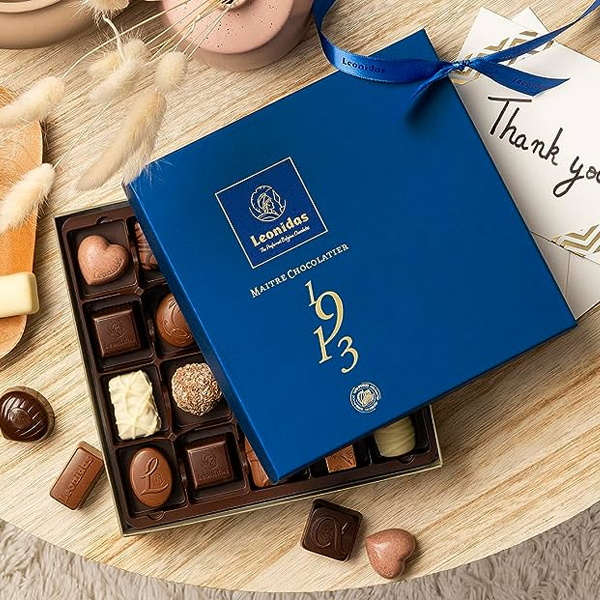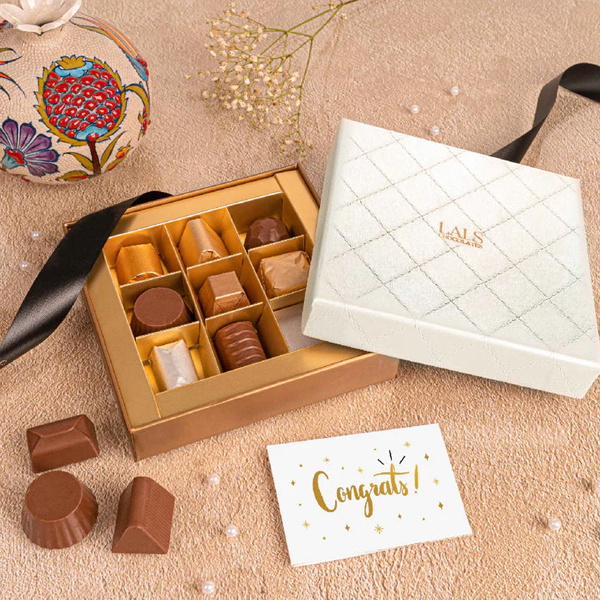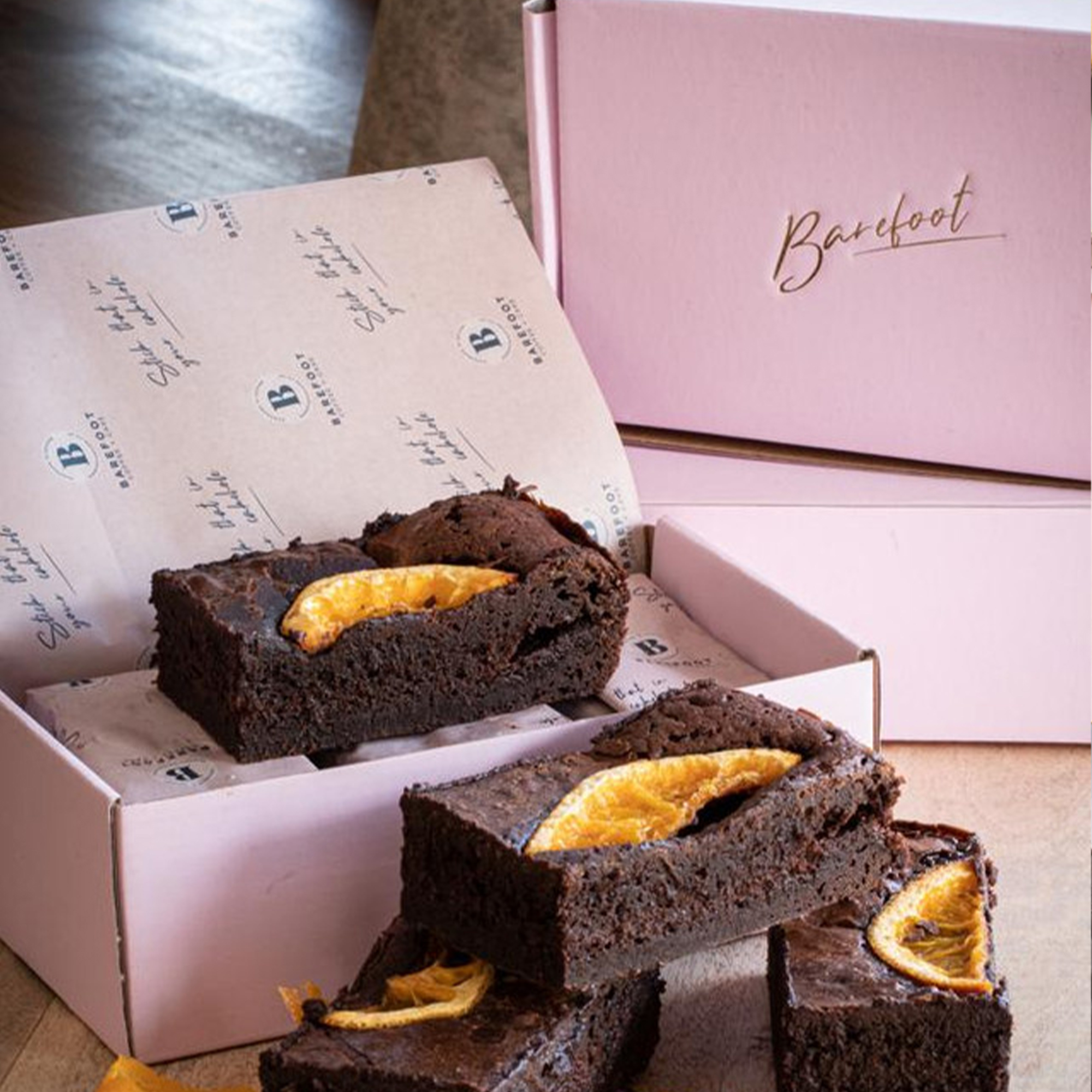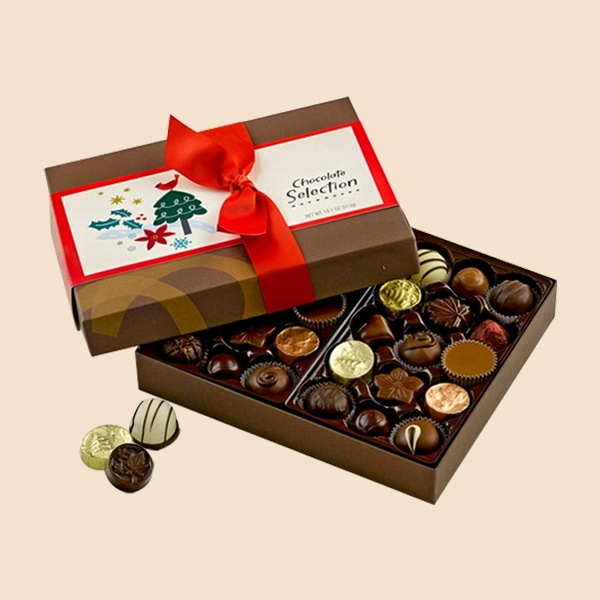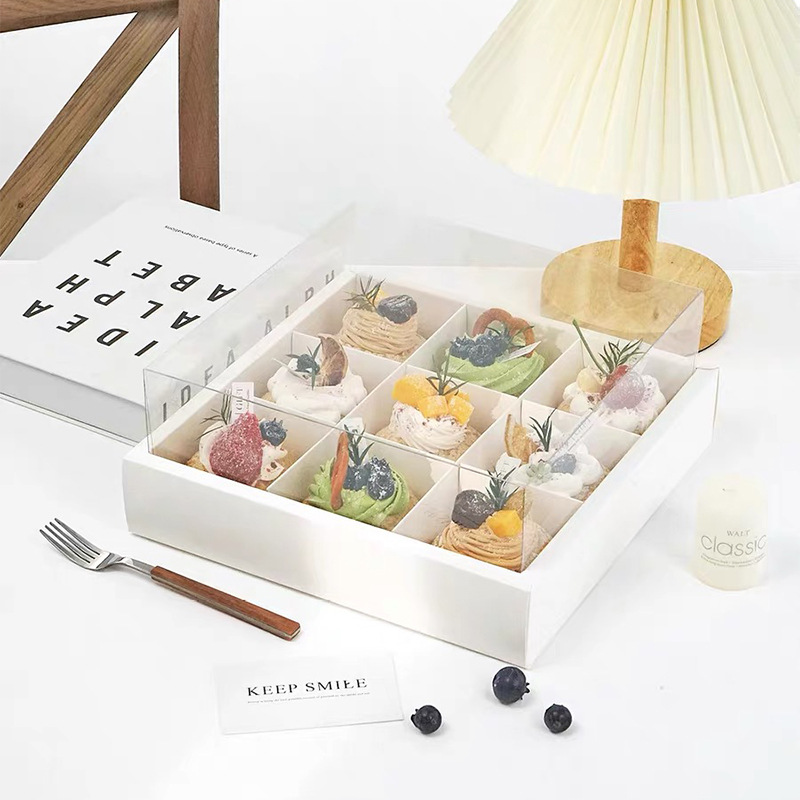In today’s fast-paced world, food boxes have become an essential part of the food industry. From supermarkets to restaurants, from households to food delivery services, food boxes are everywhere, ensuring that edibles reach consumers safely and efficiently. But what exactly are food boxes, and why are they so crucial? This comprehensive guide delves into the world of food packaging, exploring its various types, materials, benefits, and challenges.
What Are Food Boxes?
At its core, food boxes are containers designed specifically for storing and transporting food products. These boxes can come in a myriad of shapes, sizes, and materials, tailored to meet the unique needs of different food items. From simple cardboard boxes to sophisticated, multi-layered packaging, food boxes serve a vital role in preserving the quality and integrity of the products they hold.
Types of Food Boxes
Food boxes come in a wide range of types, each suited for specific purposes. Some of the most common types include:
Cardboard Boxes: These are the most ubiquitous type of food boxes, used for everything from cereal to frozen foods. Cardboard boxes are lightweight, recyclable, and cost-effective, making them a popular choice for many food manufacturers and retailers.
Corrugated Boxes: These boxes feature a fluted or corrugated medium sandwiched between two layers of paperboard. This design provides exceptional strength and durability, making corrugated boxes ideal for heavy or bulky food items like canned goods and beverages.
Plastic Boxes: Plastic food boxes are often used for perishable items that require moisture or temperature control. They can be clear or opaque, depending on the product, and come in various shapes and sizes. However, concerns about plastic waste and sustainability have led to a push towards more eco-friendly alternatives.
Aluminum Foil Boxes: These boxes offer exceptional heat retention and barrier properties, making them perfect for hot food items like pizza and takeout meals. Aluminum foil boxes are also recyclable and can be easily disposed of after use.
Specialty Boxes: For high-end or delicate food products, manufacturers often opt for custom-designed boxes. These boxes can feature unique shapes, materials, and finishes to enhance the presentation and protect the integrity of the food.
Materials Used in Food Boxes
The materials used in food boxes must be carefully selected to ensure they are safe for human consumption and meet the specific requirements of the products they hold. Some of the most common materials include:
Cardboard and Corrugated Cardboard: These materials are made from recycled paper products, making them environmentally friendly. They are also lightweight, sturdy, and cost-effective, making them ideal for a wide range of food packaging needs.
Plastic: Plastic food boxes are often made from polyethylene, polypropylene, or other food-grade plastics. These materials are durable, moisture-resistant, and can be easily formed into various shapes and sizes. However, concerns about plastic waste and sustainability have led to a push towards more eco-friendly options like biodegradable or compostable plastics.
AluminumFoil: This material offers exceptional heat retention and barrier properties, making it perfect for hot food items. Aluminum foil is also recyclable and can be easily disposed of after use.
Paper: Paper-based food boxes are often used for dry goods like cereals and snacks. They are lightweight, recyclable, and can be easily printed with branding and marketing messages.
Benefits of Food Boxes
Food boxes offer numerous benefits to both manufacturers and consumers. Some of the most notable include:
Protection of Food: Food boxes provide a barrier that protects food products from physical damage, moisture, light, and other environmental factors that can compromise their quality and safety.
Convenience: Food boxes are easy to handle, stack, and transport, making them convenient for both manufacturers and consumers. They also allow for efficient storage and display in retail settings.
Branding and Marketing: Food boxes provide a valuable canvas for branding and marketing messages. Manufacturers can use them to showcase their logos, colors, and other design elements that reinforce their brand identity and appeal to consumers.
Sustainability: Many food boxes are made from recycled materials and can be recycled again after use. This reduces waste and promotes environmental sustainability. Additionally, some manufacturers are experimenting with biodegradable or compostable materials to further reduce their environmental impact.
Cost-effectiveness: Food boxes are often more cost-effective than alternative packaging solutions like cans or jars. They are also easier to produce and transport, further reducing costs for manufacturers.
Challenges Facing the Food Box Industry
Despite their numerous benefits, the food box industry faces several challenges. Some of the most significant include:
Sustainability: As consumer awareness of environmental issues grows, there is increasing pressure on manufacturers to adopt more sustainable packaging solutions. This includes reducing waste, using recyclable or biodegradable materials, and minimizing the environmental impact of production processes.
Food Safety Regulations: Governments around the world have strict regulations governing the safety of food packaging materials. This includes ensuring that materials are free from harmful chemicals and do not leach into food products. Meeting these regulations can be challenging and costly for manufacturers.
Conclusions
Food boxes are an essential part of the food industry, providing protection, convenience, branding opportunities, and cost-effectiveness to manufacturers and consumers alike. From cardboard and plastic to aluminum foil and specialty boxes, there are countless options available to meet the unique needs of different food products. However, the industry faces challenges related to sustainability, food safety regulations, consumer preferences, and technological advancements. By staying informed and adapting to these changes, manufacturers can continue to innovate and provide safe, convenient, and sustainable packaging solutions for the food products we all enjoy.
Post time: Sep-27-2024



